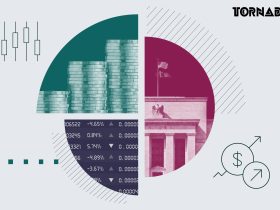In a new study published in JAMA Network Open, the Biden administration’s decision to stop making monthly child tax credit payments could leave millions of American families hungry. According to several news sources, the first missing payment on Jan. 15, 2022, left families who had come to rely on them wondering how they would make ends meet.
Food Shortage for 26 Million Families
According to npr.org, the program, which began in July 2021, increased the number of monthly payments and expanded the number of eligible families. In the United States, payments ranging from $250 to $300 per child were given to more than 36 million families.
As the pandemic persists and inflation rises, families are attempting to adjust to not having this steady financial help. Because of this, many people have to reorganize their lives completely, sometimes to meet basic demands.
Even after many U.S. families got pandemic stimulus checks and other benefits, food insecurity remained above 14 percent in June 2021. Food insecurity among households with children fell dramatically after the first advance payment, from Jul. 23 to Aug. 2, 2021, to 10%. This support is ending just as the omicron variant of COVID-19 leaves many families without work, child care, and, in many places, child care via in-person instruction at school.
Most Beneficiaries Rely on CTC for Food
These reasons contribute to lesser income and the necessity for more home meals in a world where a school is once again virtual. Other Census Household Pulse Survey analyses have revealed that most households used child tax credit advance payments for food and other necessities, The Conversation posted.
According to anti-poverty experts, the impact on children might be devastating. For example, a recent estimate from the Center on Budget and Policy Priorities, roughly 10 million children are at risk of falling into poverty if the monthly payments are not continued (CBPP). According to a CBPP study, nine out of ten families earning less than $36,000 spend their monthly Child Tax Credit payments on necessities. According to the left-leaning think organization, the top three spending categories were food, utilities, and rent or mortgage payments.
Families often spend the money on groceries, rent, clothing, education, and other daily expenses; the increased CTC provided families with more excellent cushions in their budgets and helped boost local economies.
Read More About:
Facts on the Fiscal Stimulus for 2021; Financial Assistance in the Event of a Pandemic















Leave a Reply